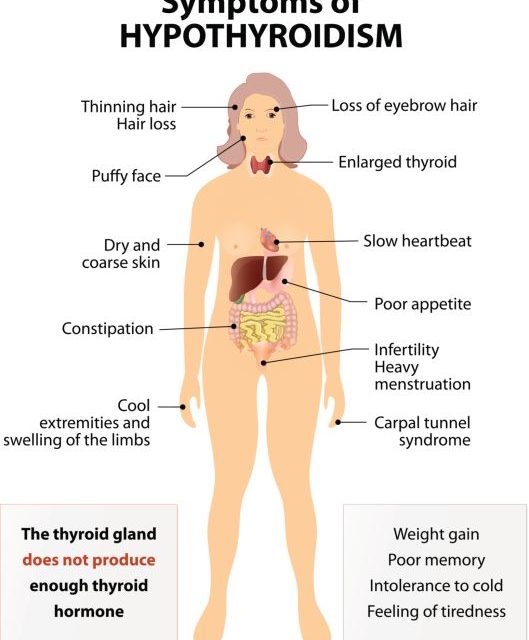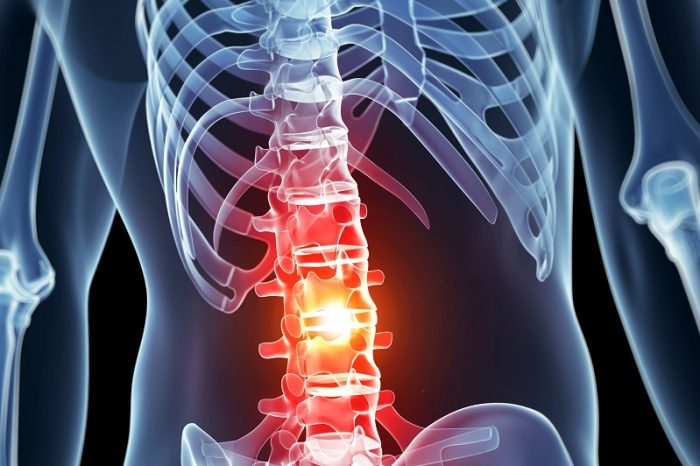Do You Have Hypothyroidism and How Is It Caused?

Hypothyroidism: Where Does It Come From?
As with many diseases and disorders, the causes of hypothyroidism don’t all stem from one particular source. The majority of cases of hypothyroidism (the under-activity of the thyroid) are caused by problems that begin in the thyroid gland.
These cases are referred to as primary hypothyroidism. Secondary hypothyroidism is caused by problems that attack the pituitary gland, while tertiary hypothyroidism develops due to problems that arise in the hypothalamus. In order to understand the causes of hypothyroidism, the first step is breaking it down into the three types of hypothyroidism – primary, secondary, and tertiary.
Hashimoto’s thyroiditis is the most common cause of primary hypothyroidism. Hashimoto’s is an autoimmune disease in which the body’s immune system begins to attack the thyroid, preventing it from producing the proper amount of hormones. In order to combat this disease the thyroid attempts to work even harder, which often leads to an enlargement of the thyroid gland – medically referred to as a goiter.
Another, less common cause of hypothyroidism is a negative reaction to radioactive ablation therapy. This type of therapy is commonly administered to patients who have been diagnosed with hyperthyroidism or have recently received surgical treatment for thyroid cancer. It is estimated that 80-90% of patients who undergo this therapy will develop hypothyroidism within 2 to 3 months.
Other thyroid disorders that are branches off of primary hypothyroidism include subacute, silent, and postpartum thyroiditis.
-
Subacute thyroiditis: Caused by a viral infection that causes the immune system to release large amount of lymphocytes (blood cells that determine the immune response to a virus). These lymphocytes attack the thyroid tissue, resulting in either temporary or permanent hypothyroidism.
-
Silent thyroiditis: Caused by an autoimmune disorder that causes the immune system to release lymphocytes that invade the follicles of the thyroid gland. In this case the thyroid is also being attacked, leading to under-activity and either temporary or permanent hypothyroidism.
-
Postpartum thyroiditis: Between 6-8% of women develop symptoms of hyperthyroidism followed by hypothyroidism 6 weeks to 6 months after giving birth. In many cases the thyroid returns to normal after a year, yet other cases result in permanent hypothyroidism.
In rare cases, primary hypothyroidism can be the result of the exposure of the neck to radiation, certain medications that affect the thyroid’s production of hormones, or iodine deficiency. Since the thyroid relies on iodine to function properly, a deficiency in this mineral can lead to thyroid problems. Due to the fact that most foods in the US are enriched with iodine, this deficiency is almost completely exclusive to under-developed nations.
Secondary hypothyroidism is less common, but is typically caused by damage to the pituitary gland due to radiation, surgery, or a tumor.
- Hypopituitarism is the decrease in secretion of one or more of the hormones that are produced by the pituitary gland, while panhypopituitarism is the complete depletion of all hormone production by the pituitary gland. Since this gland tells the thyroid what to do, a change in the hormone production of the pituitary affects the hormone production of the thyroid as well.
- Sheehan syndrome typically develops after pregnancy due to low blood pressure. This syndrome causes postpartum hypopituitarism, which can lead to either temporary or permanent secondary hypothyroidism.
- The development of pituitary tumors can also affect the pituitary’s hormone production, which in turn leads to a malfunctioning of the thyroid gland, causing hypothyroidism.
The third, least common type of hypothyroidism is tertiary hypothyroidism, which is typically caused by the dysfunction of the hypothalamus. This part of the brain is in charge of telling the pituitary gland what to do and how many hormones to produce. When this part of the brain is negatively affected by a disorder, the pituitary gland and thyroid gland are both affected as well.
While each of these three types of thyroid disorders are all caused by different factors, the symptoms of thyroid problems remain the same regardless of which subtype of hypothyroidism you have.
However, thyroid disorder symptoms differ between hypothyroidism and hyperthyroidism (over-active thyroid), so it’s important to understand the differences between the two when determining which type of thyroid disorder you have.
Understanding the causes of hypothyroidism is one of the first steps to better understanding your body and getting better treatment; the more you know, the better educated you will be when making treatment decisions.






